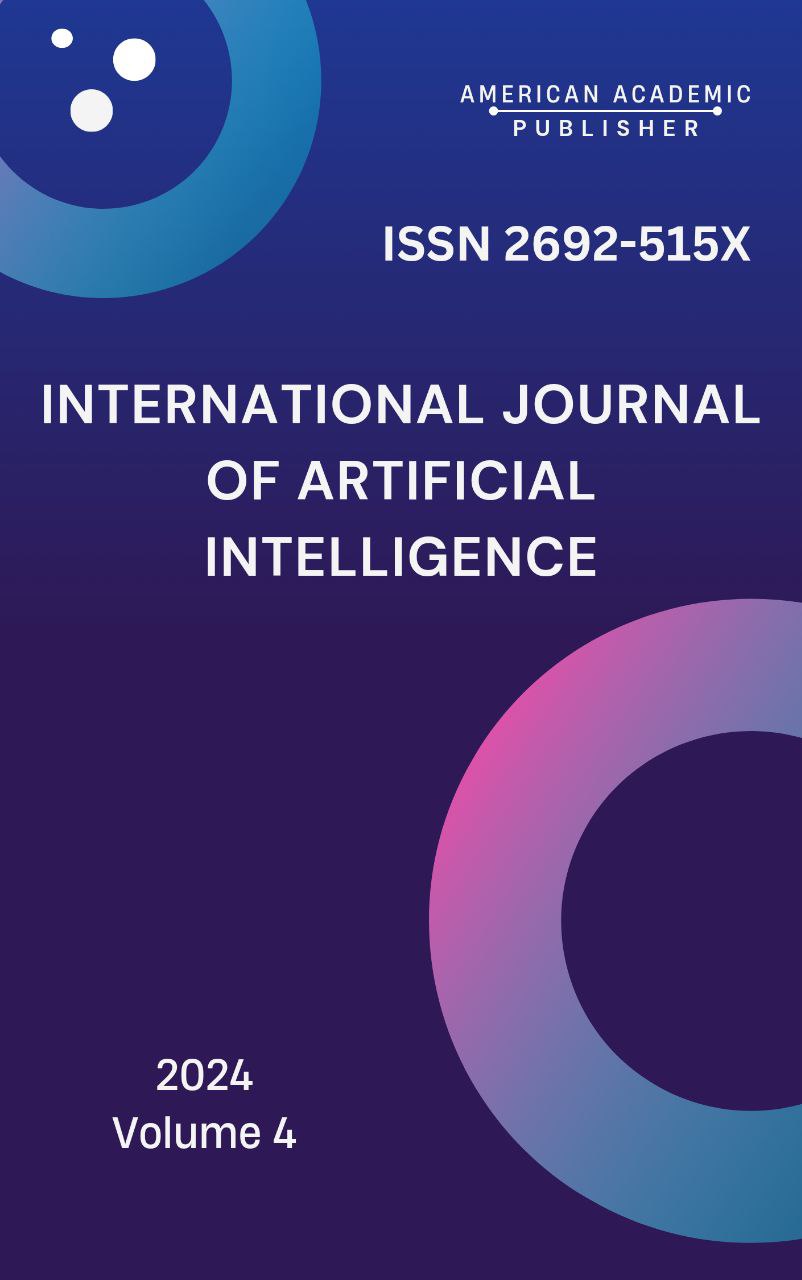 Articles
| Open Access |
Articles
| Open Access | MUSCLE PHYSIOLOGY (MUSCLE CONTRACTION, TYPES OF MUSCLE FIBERS, FATIGUE)
Soliyeva Minora Yulbarsovna , Andijan branch of Kukan international universityAbstract
Muscle physiology plays a pivotal role in understanding how muscles contract, adapt to various conditions, and respond to fatigue. Muscle contraction, the process by which muscle fibers generate force, is fundamental to movement and is regulated by complex interactions between the nervous system and the muscular system. Additionally, muscle fibers can be classified into different types based on their structural and functional properties, influencing their role in various types of physical activity. Muscle fatigue, a temporary decline in muscle performance, occurs as a result of intense or prolonged physical activity and involves biochemical changes that affect muscle function. This article reviews the mechanisms underlying muscle contraction, the different types of muscle fibers, and the causes and effects of muscle fatigue.
Keywords
Muscle contraction, muscle fibers, fatigue, muscle physiology, muscle types, skeletal muscle, fatigue mechanisms
References
Huxley, A. F. (1957). Sliding filament theory of contraction of striated muscle. Nature, 180(4583), 198-199.
Huxley, A. F., & Niedergerke, R. (1954). Structural changes in muscle during contraction. Nature, 173(4392), 971-976.
Sweeney, H. L., & Holzbaur, E. L. (2018). The molecular and cellular basis of muscle contraction. In Molecular Mechanisms of Muscle Contraction. Springer, Cham.
Perry, C. G., Heigenhauser, G. J., & Spriet, L. L. (2015). Muscle fiber types and endurance performance. In Exercise Physiology (pp. 121-138). Springer, Cham.
Schiaffino, S., & Reggiani, C. (2011). Fiber types in mammalian skeletal muscles. Physiological Reviews, 91(4), 1447-1531.
Gandevia, S. C. (2001). Spinal and supraspinal factors in human muscle fatigue. Physiological Reviews, 81(2), 1725-1789.
Fitts, R. H. (2008). The role of oxidative stress and cellular signaling in muscle fatigue. In Muscle Fatigue (pp. 111-145). Springer, Boston, MA.
Yusup o‘g’li, M. I. (2022). Mustaqil ta’limni blended learning texnologiyasi asosida tashkil etish. FAN, TA'LIM VA AMALIYOTNING INTEGRASIYASI, 126-131.
Kuzieva, S. U., Imomova, D. A., & Duschanova, G. M. (2019). Structural features of vegetative organs Spiraea hypericifolia L., growing in Uzbekistan. American Journal of Plant Sciences, 10(11), 2086-2095.
Yusup o‘g‘li, M. I. (2024). OLIY TА’LIM MUАSSАLАRIDА INKLYUZIV TА’LIMNI RIVOJLАNTIRISH: MUАMMO VА YECHIMLАR. FAN, TA'LIM VA AMALIYOTNING INTEGRASIYASI, 5(1), 1-10.
Кузиева, С. У., & Ишонкулова, Д. У. (2018). ВЫДЕЛЕНИЕ И ЭЛЕКТРОФОРЕТИЧЕСКИЕ СВОЙСТВА МАЛАТДЕГИДРОГЕНАЗЫ ХЛОПЧАТНИКА. In INTERNATIONAL SCIENTIFIC REVIEW OF THE PROBLEMS AND PROSPECTS OF MODERN SCIENCE AND EDUCATION (pp. 14-16).
Article Statistics
Downloads
Copyright License

This work is licensed under a Creative Commons Attribution 4.0 International License.

